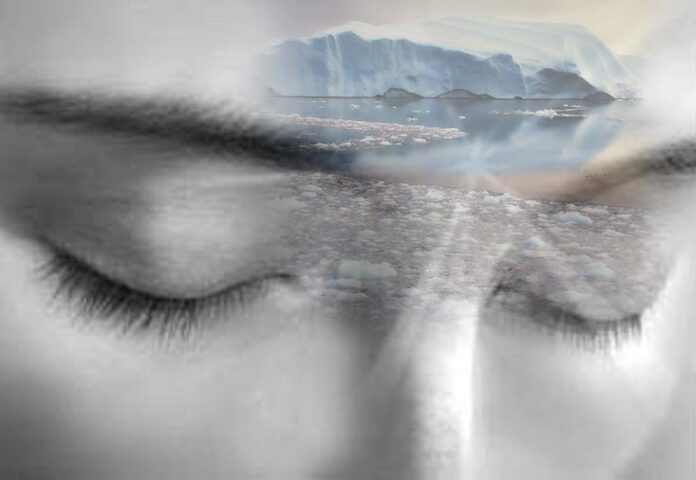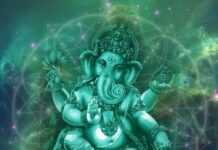In Vedanta the Self or Atman is commonly defined as space (kham, akasha). That space (akasha) is further defined as bliss (Ananda). What is the nature of this space that is the Self? Clearly it is not what we ordinarily know of as space or experience as ourselves.
By Dr David Frawley
Our inner Self holds the entire universe in the small space within the spiritual heart (Hridaya). This is a space of Consciousness (Chidakasha) behind all manifestation in the time-space world.
Levels of Space and Consciousness
Vedanta recognizes the existence several types and levels of space. First is the material space of our physical world that is the matrix of the other elements of earth, water, fire and air. It is the external measurable space in which we determine location and distance. Yet space has no form or location of its own. Objects are located in space but space surrounds and permeates all objects.
All objects consist of various stages of densification or crystallization of the energies of space. Such material space is not empty but is composed of particles or atoms, out of which the other elements are formed. There is an additional Pranic space, the space of energy and the life-force, more subtle than the material space, which makes the entire universe alive.
Beyond this is the space of the mind both at individual and cosmic levels. The individual mind like space is formless and holds thoughts like various objects or energies in space. We all need space in the mind to comprehend things and to observe things properly. We can observe the space between our thoughts.
Beyond this mind space is the space of pure consciousness (Chidakasha) that unlike the mind space has no thoughts. The space of the Atman is pure, immutable, empty as it were, sometimes called the Void, Shunya. It holds the entire universe but is not changed by the names and forms that appear within it. Yet this Atmic space has a vibration from which OM as the creative cosmic vibration arises. This Atmic space is of the nature of light (Jyoti). It is self-illuminating and reveals all, with the mind reflecting a portion of its light.
Our True Nature as Space
We do not experience ourselves as space but as form, starting with our physical body that has a precise location and function in time and space that we are conditioned by. We also experience ourselves as mind or as a set of ideas, concepts, beliefs, opinions, emotions and memories. We have a social identity framed by our physical and mental activities.
Yet we do have a sense of our Self as space. We want to be free. We don’t want to be limited or confined, controlled or dominated by another, or constricted in a barrier. Our inner sense of Self persists behind and beyond the ongoing changes in body and mind between birth and death, waking, dream and deep sleep.
If our nature is like space in this higher sense, then truly we are neither body or mind. Then we are everything and nothing, sizeless and all-pervasive. We are the space of Being (Sat), the ground existence itself, which is Brahman as the Transcendent reality. Space is indivisible, indestructible and formless, beyond all limitations.
Once we can detach ourselves from our bodies and minds, we can experience ourselves as Space which is also the space of Seeing and Being. This takes us beyond all dualities and identifications to our connection with all beings and the universe as a whole.
Our true Self that is the space of consciousness is beyond birth and death, location and history, quantity, measurement or any type of category. That is the space of Ananda in which there is peace, happiness, contentment and delight without end and without any division. Once we are willing to let go of our outer identifications we can return to our true nature as Infinite Space and experience all that we observe as a reflection of our own inner light and presence.
Article Courtesy : www.vedanet.com








